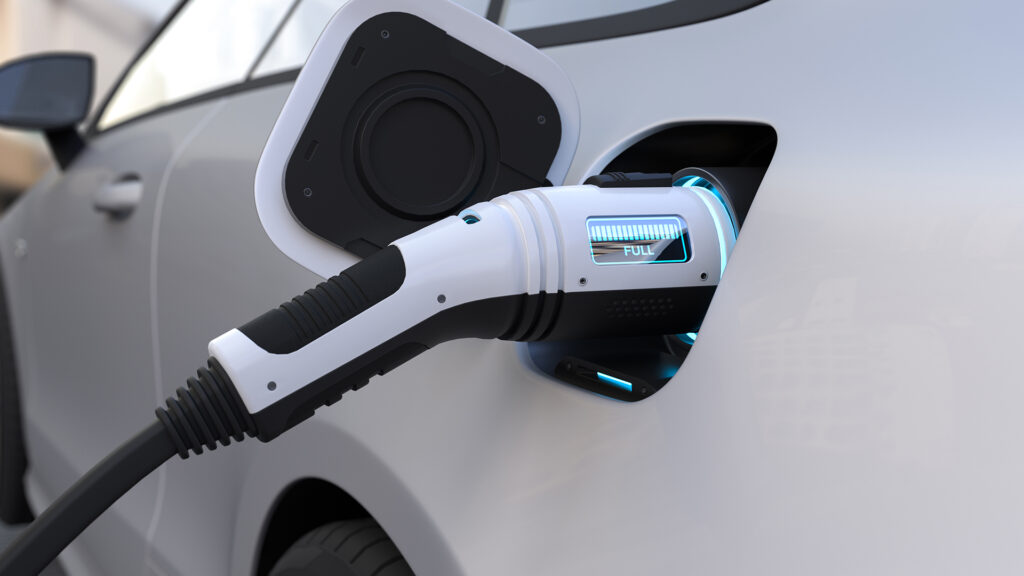The UK Government plans to ban new petrol and diesel car sales by 2040. Couple this with the dramatic year-on-year percentage growth in pure EVs (even if overall numbers on the road are still small) and it is clear to see an impending shift to electric.
In fact, it’s safe to predict that the majority of us will be driving an Electric Vehicle (EV) within the next five years. It may be a daily run around, a work vehicle or a hire car, but electric driving will be part of everyone’s life.
Kids in their early teens will most likely take their driving tests in an EV. They could be the first generation who never ever drive a petrol engine.
Streets will be quieter and the air cleaner and the swing to electric will radically transform the hum and smell of our city landscapes.
There will be a much bigger shift in our habits which accompanies this: How we fuel. As the EV manufacturers and charging point networks help us overcome our ‘range anxiety’, we’ll be swapping out our petrol station pit stops for regular charges. Will it become second nature for us to ‘plug in’ every time we ‘pull up’?
How will this impact the network?
If we all plug in at the same time, there will be higher peak loads in the electricity system which provides a challenge for the Distribution Network Operators who manage it. Surprisingly, the impact on the distribution network is anticipated to be minimal in the shorter five and 10-year projections. It is only in 20 years’ time, that the DNOs are envisaging that substations will hit capacity.
But there is massive technological potential to offset this. EVs are effectively mobile storage devices with the flexibility to export load. When the handbrake is on, the industry term is a ‘stationary battery asset’ meaning that electricity can be imported, stored and released from the EV to help balance the demands on the electricity network. This ‘vehicle to grid’ capability together with ‘smart charging’ – when an EV modulates the time or rate at which it charges – can relieve pressure on the electricity network.
EVs and renewable energy
Integration with renewable generation will also have a huge impact on the distribution network. Just think of how commonplace it is to see large arrays of solar PV (Photo Voltaic) panels on business roofs. If the excess generation can be stored in a battery and used to charge the company’s fleet of EVs, this will again reduce the demand load on the grid.
Taking this one step further is the creation of ‘micro grids’ where the energy generated from renewable sources can be stored and shared for collective use. This development of an independent or stand-alone network could be at the scale of a large business site or shared between multiple organizations, for example, a business park. Even at the community level.
Wireless EV charging
As for charging technology, wireless could also make a big impact on how and where we charge. Imagine finishing a journey to find you left your EV charging cable behind. Perhaps you can imagine that happening a lot. If so, wireless charging could be the solution. Basically, energy is transferred between a pad on the ground and another on your EV through resonant magnetic induction. Just like wireless mobile phone charging – this is effectively the same but could be integrated into garage floors or even roads. It would mean more of a ‘trickle-charge’ the go or a ‘splash-and-dash’ approach instead of a plug-in charge.
Next time you see (but don’t hear) an EV or spot a new installation of EV charging stations, be assured it won’t be long until you spot a change in habits around you too.
By Emma Chetwynd-Jarvis, business development manager, Rock Power Connections




